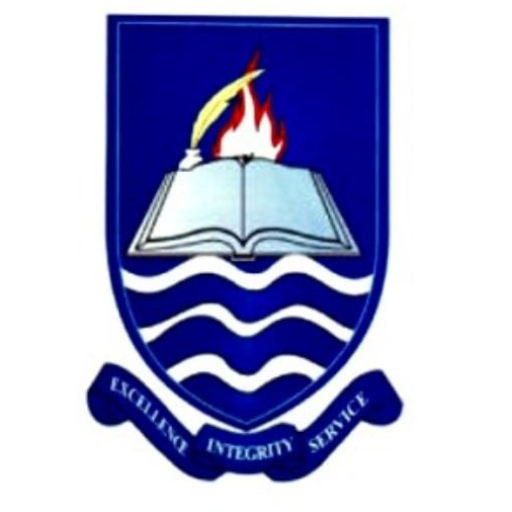The Impact of GeoGebra on Senior Secondary Students’ Performance in Algebra
Keywords:
Algebra, GeoGebra, Mathematics, Performance, ImpactAbstract
This study investigates the effectiveness of GeoGebra as a dynamic mathematics software tool in improving the performance of senior secondary students in Algebra. A group of 100 students were selected from a senior secondary school and divided into two groups of 50 each. A quasi-experimental design was utilised, involving a control group and an experimental group taught using traditional methods and GeoGebra, respectively. Pre-tests and post-tests were administered to assess improvement in students' understanding and performance in Algebra. The result was analysed, and the findings indicate that students using GeoGebra outperformed their peers in the control group, suggesting that the integration of technology in mathematics education can enhance student learning outcomes.
References
Arzarello, F., Cusi, A., & Riva, M. (2015). The role of technology in the mathematics classroom : Between innovation and tradition. Research in Mathematics Education, 17(2), 152- 165. https://doi.org/10.1080/14794802.2015.1045430
Baki, A., &Kocabas, I. (2014). Technology in mathematics education and its effects on students' learning. International Journal for Technology in Mathematics Education, 21(2), 49-56.
Blume, G. W., & Heck, D. J. (2017). The impact of technology on the teaching and learning of mathematics. In T. H. A. N. V. M. Koller & R. J. K. Stinson (Eds.), Research in mathematics education (Vol. 19, pp. 51-66). Routledge.
Boaler, J. (2016). Mathematical mindsets: Unleashing students' potential through creative math, inspiring messages, and innovative teaching. Wiley. Cohen, J. (2013). Statistical power analysis for the behavioral sciences. Routledge.
Dörfler, W. (2006). Gestalt theory meets the learning of mathematics. ZDM Mathematics Education, 38(2), 117-127. https://doi.org/10.1007/s11858-006-0017-x Gutiérrez, A., & Boero, P. (Eds.). (2006). Handbook of research on the psychology of mathematics education: Past, present and future. Rotterdam, The Netherlands: Sense publishers.
Hanna, J., & Stewart, S. (2004). The role of technology in the learning and teaching of mathematics. Mathematics Education Research Journal, 16(2), 113-124. https://doi.org/10.1007/BF03217318
Hohenwarter, M., & Weigand, H. G. (2009). Didactical http://GeoGebra diagrams: A tool for the promotion of mathematical concepts. *ZDM Mathematics Education*, *41*(5), 395-405. https://doi.org/10.1007/s11858-009-0158-2
Kerra, A., & Araújo, C. (2019). The impact of GeoGebra on students’ motivation and learning in mathematics. Educational Studies in Mathematics, 100(2), 187-204. https://doi.org/10.1007/s10649-019-09811-4
Klein, J. (2021). The influence of technology on student engagement and performance in algebra courses. Journal of Educational Technology Systems, 49(4), 441-458. https://doi.org/10.1177/0047239521996722
Kollias, S.et al (2019). GeoGebra as a tool for enhancing students’ understanding of mathematical concepts: A case study in algebra. Journal of Learning and Teaching in Higher Education, 16(1), 74-91.
Wang, S. (2017). The integration of GeoGebra in mathematics teaching: Teachers' beliefs, practices, and perceptions. Journal of Technology and Teacher Education, 25(3), 283-298.








